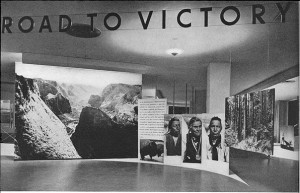By Zachary Sporn

The Flash; Arrow; Constantine; Gotham; Marvel’s Agents of S.H.I.E.L.D.; these are the currently-airing television shows heavily based off of comic books – and only the ones I can name off the top of my head. There are 20—yes, 20—movies based on Marvel and D.C. comic books currently scheduled for release between now and the end of 2018. One might be tempted to think of the current prevalence of comic books as unprecedented, when in fact comic books were one of if not the most wide-reaching form of media in 1940’s America. According to one comic book scholar: “A Yank Weekly article, published in November of 1945, cited the estimates of the Market Research Company of America, which found that about 70 million Americans, roughly half of the U.S. population, read comic books,” (Kelley, 1).








